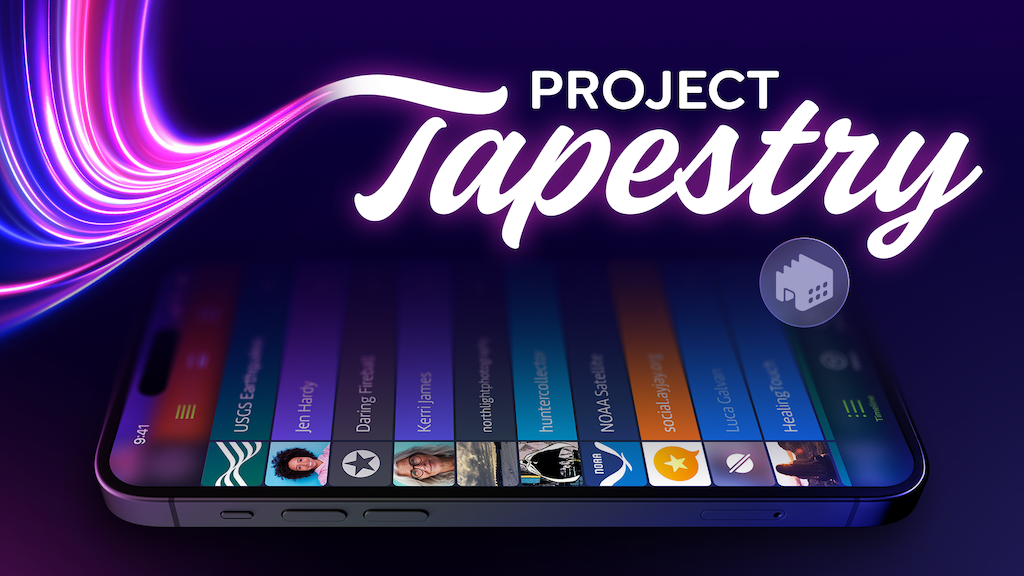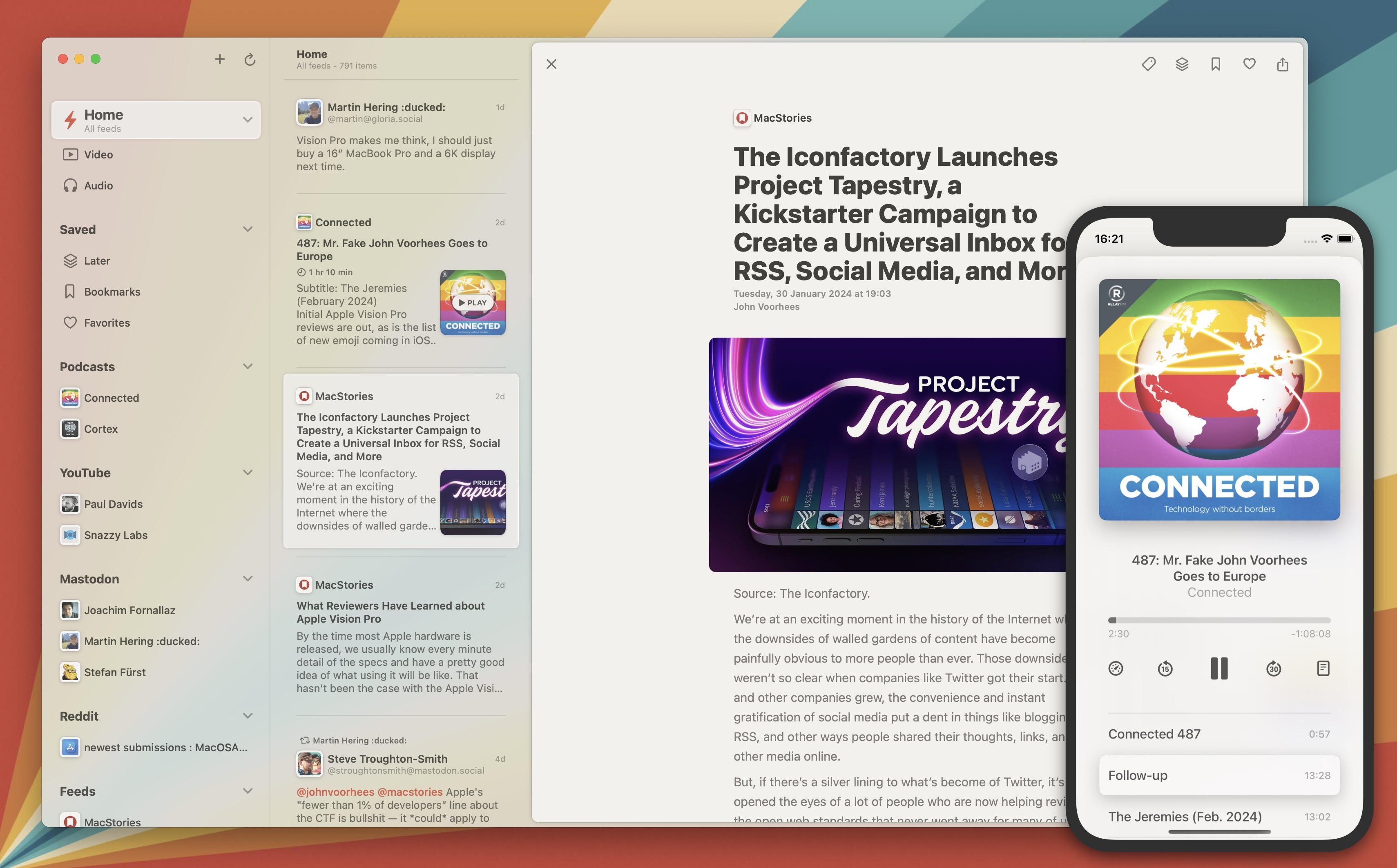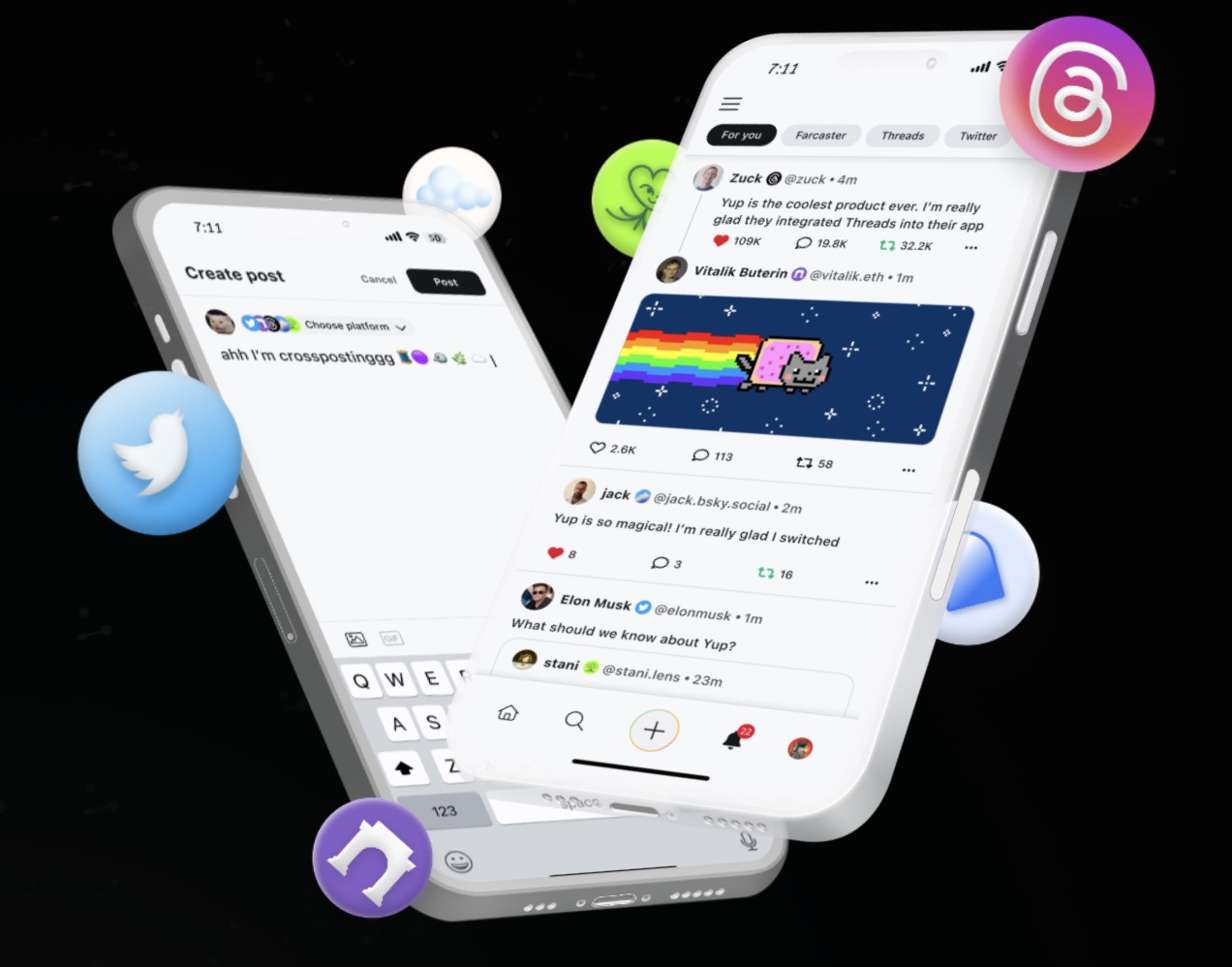The post-Twitter era has spurred the development and further growth of numerous social networks that prioritize brief posts, from open source standbys like Mastodon to new decentralized concepts like Bluesky, and those from smaller startups like Post, Spill, and Spoutible, to those from tech giants like Meta, which launched the Twitter-like Threads. While this is great news for people looking for a new place to land after Twitter’s demise (the network under Elon Musk is now called X and headed in a different direction), it’s a challenge for early adopters who want to experiment with new apps and services.
Not everyone is satisfied with X’s current course. Though a top-ranked app today, it’s not the Twitter of years past. X takes a lax approach to content moderation, leaving advertisers and some users in search of new options. Even its owner dabbles in antisemitism and trolling, prompting more of the same from the user base. As top advertisers fled, X’s ads became worse and more spammy.
The changes at X have been swift and troublesome, leading to a flurry of activity in the social sphere as X alternatives emerged. But now there’s too much of a good thing.
The Twitter diaspora, so to speak, is hungry for a solution to save them from having to browse content from across half a dozen apps, in addition to the news websites, blogs, and other information sources they already consume while online.
That problem is now being addressed by another group of developers — those who aren’t trying to re-create Twitter or improve upon it, but solve the problem of there being “too many Twitters” to keep up with.
Last week, we reported on Tapestry, a new project from The Iconfactory, the app development shop best known for its work on the early Twitter client Twitterrific. Recently funded on Kickstarter after only showing off its prototype build, Tapestry aims to offer a unified app for tracking social media, news, and RSS feeds in one place. That includes posts from X, Bluesky, Mastodon, Tumblr, and others in the future, like perhaps Threads.
The Iconfactory was only looking to raise $ 100,000 to start development of the new app. It was fully funded as of February 5 and has since exceeded that, which allows it to now chase stretch goals of $ 150,000 and up, which would fund additional features for the app, like muting, filtering, search, bookmarking, and more.

Image Credits: The Iconfactory
The Iconfactory isn’t the only developer who has seized on this moment to develop a new multi-service social app.
The developer behind the popular Mac and iOS newsreader app Reeder, Silvio Rizzi, is now working on something of a Reeder replacement. Though Rizzi says Reeder will continue to be supported, the new project aims to offer more than just news feeds. In an announcement on Mastodon last week, the developer teased plans for an app that’s “not just an RSS reader,” but instead a tool that would allow you to access content from across sources, like “podcasts, YouTube, Mastodon, and more,” he said.
The app is expected to launch into public beta later this spring on Mac, iPhone, and iPad. (A screenshot of the app concept Rizzi posted offered a nod to Tapestry, as both projects emerged around the same time.)

Image Credits: Silvio Rizzi
Meanwhile, Tapbots, the makers of Mastodon client Ivory (and previously the Twitter app Tweetbot on which it’s based), is weighing how to approach the growing number of social networks available to users. There is no single Twitter alternative, so deciding where to focus limited developer resources is key.
According to Tapbots co-founder Paul Haddad, the company hasn’t yet decided whether it will support Bluesky yet, but says they are thinking about it.
“We’ve got our next few months pretty booked with Ivory/Mastodon features and of course are committed to the Fediverse long-term,” he told TechCrunch, referring to the decentralized social web powered by the ActivityPub protocol. “We do plan to take a look at Bluesky sometime after that.”
However, if Tapbots chooses to support Bluesky, it may or may not be part of the Ivory app, he added.
Other services are focused on the needs of power users and creators to cross-post to multiple networks at once. This includes scheduling tools like those from fedica and Postpone, as well as consumer apps like Yup. The latter offers a solution for posting to X, Bluesky, Farcaster, Lens, and Threads, though it lacks access to a Threads developer API, requiring users to disable Instagram’s two-factor authentication (2FA) to get it to work. (We do NOT recommend this.)

Image Credits: Yup
Similarly, an app from a Japanese developer, Sora, offers access to Mastodon, Bluesky, and the federated networks Misskey and Firefish.
Then there are the various web3, blockchain-based networks, and protocols, like Farcaster and Lens, as well as other decentralized protocols that are fostering networks of their own, like Nostr (favored by Twitter co-founder Jack Dorsey these days). There’s also the decentralized network Matrix, which offers multiple cross-platform clients.
Even Reddit has inspired decentralized alternatives, like Lemmy, /kbin, and other smaller projects.
Because not all the decentralized networks talk to each other, bridges between protocols are also being built, like those that connect Matrix to Nostr or Mastodon to Bluesky, among others.
Quipped Columbia Journalism Review journalist and longtime tech early adopter Mathew Ingram in a post on Threads, “We need a FriendFeed for the 2000s.”
His reference recalls a former era of social networking plenty, Web 2.0, when users turned to a social networking aggregator co-founded by then-former Googlers Bret Taylor (former Salesforce co-CEO), Gmail creator Paul Buchheit, Jim Norris, and Sanjeev Singh. FriendFeed brought together social networking websites, bookmarking sites, websites, blogs, and microblogs into one place — something that’s again in demand today following the explosion of Twitter alternatives and decentralized services.
Of course, Facebook eventually acquired FriendFeed and began to dominate social media, shutting out even well-resourced competitors like Google+. Now known as Meta, the social networking giant remains unbeaten, with nearly 3.2 billion users across its family of apps. But in its rush to adopt the ActivityPub protocol in its new app Threads, also used by Mastodon, there’s a hint of concern. It suggests that even Meta believes the tide could possibly turn against it, as users embrace these alternative social platforms.
For some smaller apps, the decision is whether to try to compete with the growing number of alternatives or join them. For instance, the Twitter competitor Spoutible, founded by Christopher Bouzy, the developer of a Twitter analytics service previously, announced in December that his network would “soon” integrate with Mastodon for cross-posting and later, Threads.
“Users being able to post across various platforms positions Spoutible not just as a social media platform but as a versatile tool designed to streamline your digital communication,” he wrote, after it was clear Spoutible was not among those favored to win the competition to be the new Twitter.
Unfortunately for people in hopes of a simple cross-posting solution, Spoutible this month faced security issues when it was revealed the API had a serious vulnerability that could allow hackers to take control of user accounts. The API even returned users’ 2FA (two-factor authentication) code and the reset tokens that helped users change passwords. That puts Spoutible’s cross-posting plans on the back burner for the time being, if not its future altogether.
Another Web 2.0 survivor, Flipboard, also recently decided integration was the best path forward. It ditched Twitter and integrated with Mastodon while rebuilding its back end to join the fediverse — the decentralized social web. The social magazine app also became the first app to support Bluesky, Mastodon, and Pixelfed (a decentralized Instagram alternative) last May, allowing users to track updates across these social networks, as well as YouTube, all in one place.

Image Credits: Flipboard
Another platform, micro.blog, is looking to address the cross-posting needs from a different angle: as the blog host. Instead of creating content directly on social platforms, users could publish to micro.blog, follow other bloggers, and engage in conversations, while also still cross-posting to more popular platforms including Mastodon, Medium, LinkedIn, Tumblr, Flickr, Bluesky, Nostr, and Pixelfed. (The Iconfactory said its forthcoming app Tapestry would also support micro.blog).
Elsewhere, publishing giant WordPress acquired an ActivityPub plugin to allow WordPress blogs to join the fediverse. Newsletter platform Substack created a short-form “Notes” feed that resembled Twitter. Artifact, the aggregator from Instagram’s co-founders, eventually pivoted to cloning Twitter before shutting down.
In short, a lot is going on in the social web today. And this is by no means a definitive list of those companies and developers attacking the problem — or adding to it. Unnamed are, of course, the wide variety of open source and smaller projects in the works, too, as is common when open APIs are available.
Whether this explosion of new social networks is a temporary problem or a new state of being remains to be seen. Likely, some of the smaller “Twitter-alts” will eventually die off, after failing to gain traction, or will fold into the wider fediverse, as the would-be Twitter rival Pebble (formerly T2) did last year.
But it’s also possible that we’re witnessing the rebuilding of the web in real time. One where there are many protocols, many platforms, and many ways to connect not just people, but also their media, and their ideas, along with links to websites, news, and blogs.
Aggregators like Tapestry may be an initial step to figuring out how to navigate this new web, but it also calls out for a way to search it too: a new Google of sorts that plugs into all the activity now taking place beyond websites, including the information that’s shared through these novel social networks across new protocols. And who is building that?







